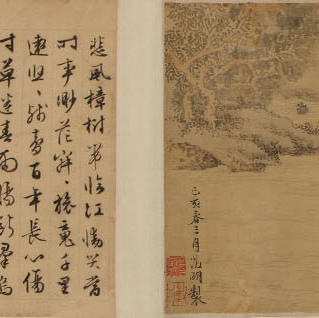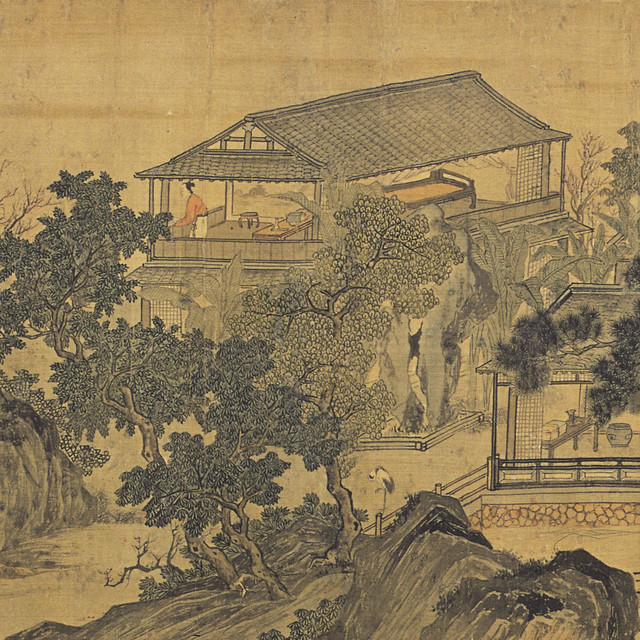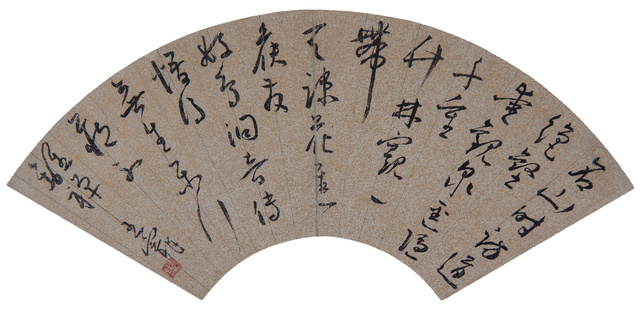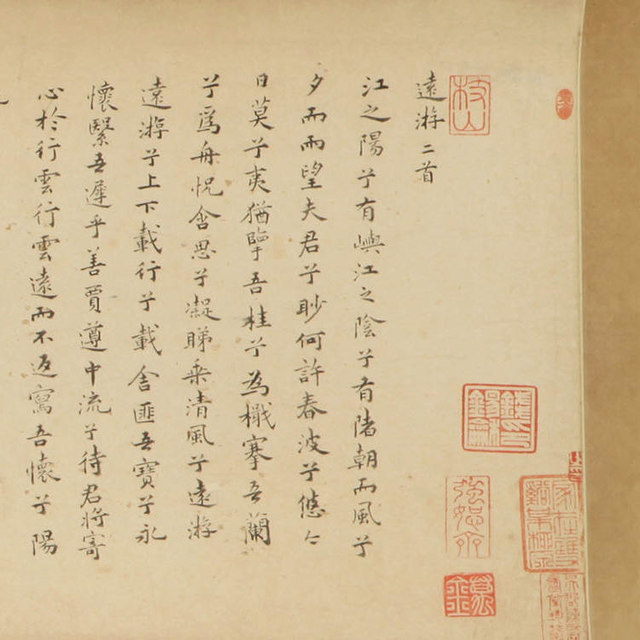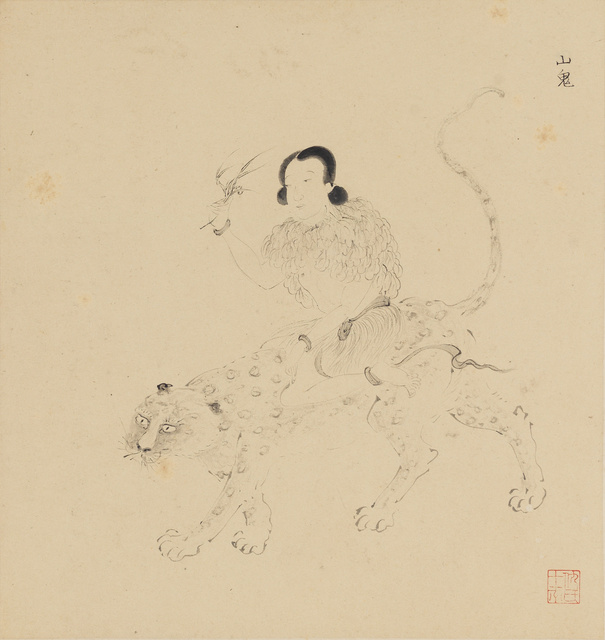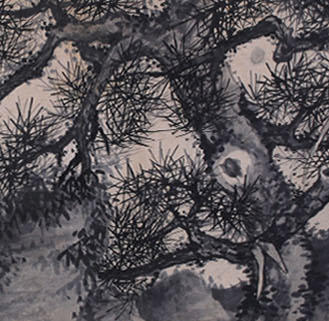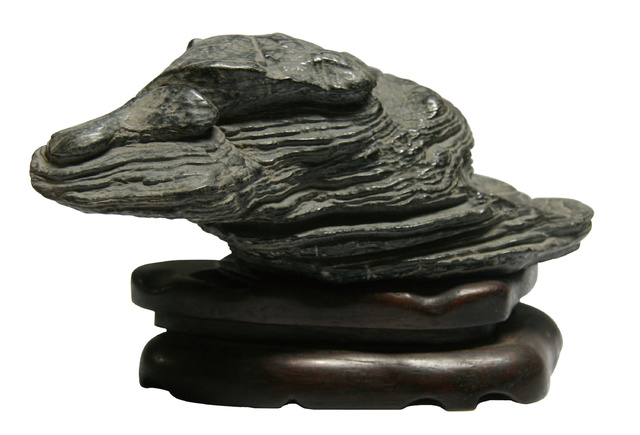Fair Southern shore
With scenes I adore.
At sunrise riverside flowers redder than fire,
In spring green waves grow as blue as sapphire,
Which I can’t but admire.
Li Bai's eloquence alone could encompass half of the prosperity of the Tang Dynasty, and Bai Juyi's depiction of "Jiangnan" similarly evokes posterity's yearning and imagination towards the landscapes of Jiangnan,reminiscent of Zhang Dai's West Lake Dreaming.
Since the end of the Yuan Dynasty, the Jiangnan region around Taihu Lake, especially Suzhou, has been a gathering place for literati, scholars, and artists,its beautiful natural environment and deep historical and cultural heritage attracted a large number of literati to gather here, and the natural landscape and humanistic landscapes of the Jiangnan region became the source of inspiration and spiritual support for their artistic creations.The land is distinguished by its culture, and people are civilized by it. Subsequently, the old records of Wujun, the recollections of scholars, and the artistic creations in the Wuzhong region during the 16th century have collectively contributed to the continuous "cultural landscape of Jiangnan."
In the mid-Ming Dynasty, the city of Suzhou and its literati and scholars achieved remarkable accomplishments in gardens, literature, painting and calligraphy, drama, and cultural artifacts. The art of painting and calligraphy of Wu Men, which was thus birthed, is an inescapable peak of ancient Chinese art. For nearly two hundred years, figures like Shen Zhou, Wen Zhengming, Tang Yin, Qiu Ying, the Wen family, Chen Chun, and Lu Shidao collectively influenced the cultural shifts in Jiangnan, shaping the refined aesthetic of Ming literati. This also provided an essential source for later styles and paradigms, such as those of Dong Qichang and the Wang Shimin,Wang Jian, Wang Yuanqi, Wang Hui. In calligraphy, the Wu School, influenced by ancient traditions, traces back to the Jin and Tang dynasties via Zhao Mengfu, emphasizing both historical study and individual expression. Since the mid-Ming period, literati such as Shen Zhou, Li Yingzhen, Wu Kuan, Zhu Yunming, Wen Zhengming have collectively formed the calligraphy community of the Wu region.
From 2020 to 2023, our museum, in collaboration with major cultural and historical institutions in China, held thematic academic exhibitions such as “Home By Lou River”“Take The New Standard”“From Dong Qichang To Fu Baoshi”“The Breeze From The Sea”aiming to systematically study regional cultural phenomena through case studies. These exhibitions form a series of research on regional culture and art. This special exhibition on the painting and calligraphy of the Wu School and their elegant objects can be seen as a summary of these thematic exhibitions.
Our museum has collaborated with the Guangdong Museum, Guangzhou Museum of Art,Zhejiang Provincial Museum, Suzhou Museum, Anhui Museum, Jilin Provincial Museum, and Wujiang Museum to hold the exhibition The memories of Jiangnan- The calligraphy, paintings and the refined materials of the Wumen literati in Ming dynasty. The exhibition is divided into "The Four Masters of Wu School Art " "Exquisite Elegance of Calligraphy""ALegacy of the Wen Families" "Splendor of Diverse Calligraphy Styles" "Transcending Tradition: Dong Qichang and the Evolution of Wu School Art" five units.It will feature 66 pieces of painting and calligraphy and 20 literati artifacts, tracing back five hundred years from modern times to offer a cultural and artistic perspective on understanding literati painting and cultural geography of Jiangnan, as well as the currently esteemed elegance.

